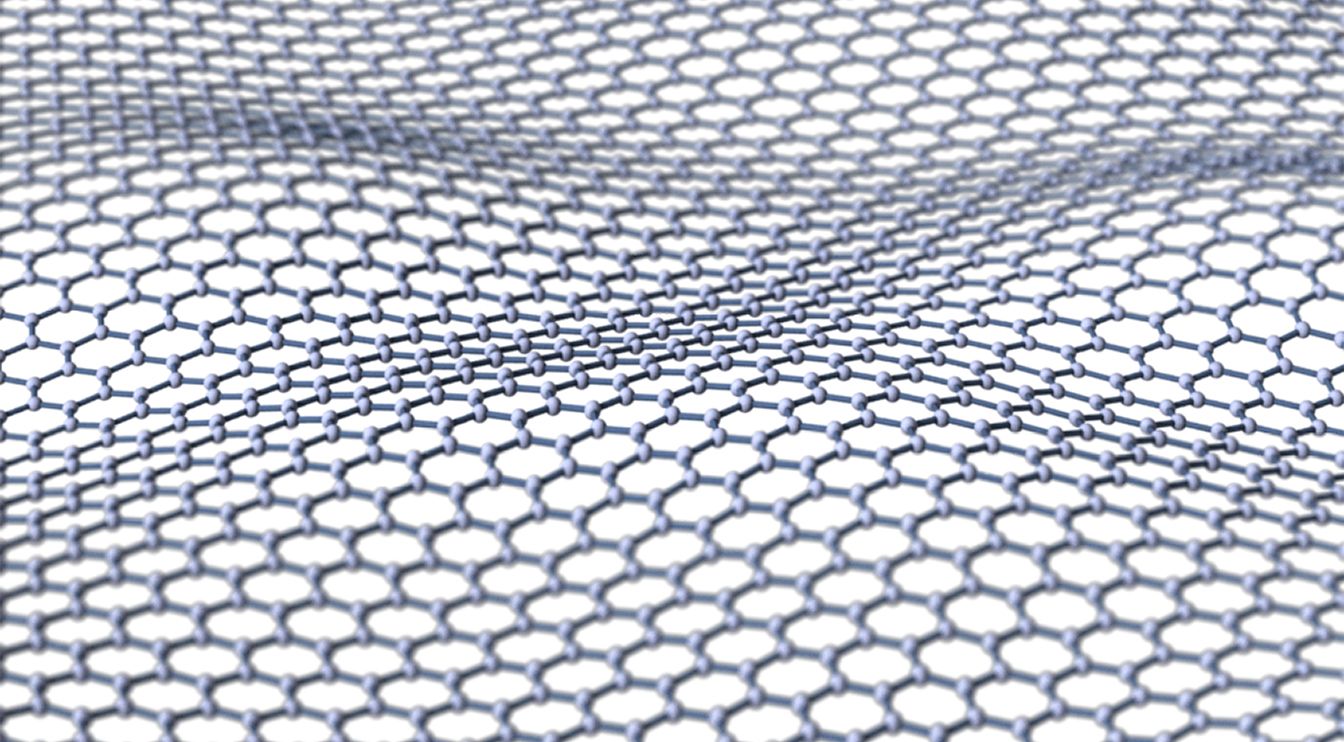Sometimes, throwing money at a problem is not a viable solution. While certain issues can be solved by using premium equipment, bespoke designs, or hiring the best experts of the world, other problems can only be solved through scientific work.
The server issues presented on superyachts, for example, cannot always be solved just by purchasing the latest equipment. Some issues simply require advancements in scientific research or the innovative work of new companies.
Thankfully, both seem to be in abundance these days.
Graphene continues to impress with superconductor capabilities
Graphene is often cited as a “miracle material” due to its unique properties. While its actual uses are still being tested, there are many who believe that graphene will lay the foundations for the future across countless industries.
In one of the latest discoveries, a team of researchers from MIT have found a way to essentially unlock the superconductor abilities of graphene. More specifically, they have found a way to turn graphene into both a material capable of superconducting and carrying supercurrents.
Without delving too much into the technical details, this discovery could lead to huge leaps in the computational field of research. Quantum computing is still a few years away but such experiments bring us closer and closer to a reality of super-fast computers and other electronic devices.
For example, Majorana fermions, the particles which are their own anti-particles, are a major point of focus in quantum computing as they can carry information without being strongly affected by the local environment, potentially allowing researchers to use and manipulate them in physical devices.

Spintronics may have also found a new material
While some believe that graphene is the answer, a team of researchers at the University of Utah has another idea. In fact, the team has discovered a new group of materials dubbed ‘organic-inorganic hybrid perovskites’ that could in fact prove to be the go-to material for Spintronics.
For those who are hearing about Spintronics for the first time, the explanation should start from the origin of the word: a portmanteau of spin and electronics. Essentially, scientists believe that they could use an electron’s spin (instead of its charge) to carry information.
The problem is that a physical material could have its spin change, and a way to retain the change in spin has not been found so far. The electrons in this hybrid perovskites, however, can support such functions.
As Moore’s Law seems to be coming to an end, researchers have turned to other solutions for faster and improved computing. If Spintronic-supporting materials are fine-tuned, the computers of tomorrow would be faster, more efficient, smaller, and would even use less power.
OneWeb and SpaceX race for Internet satellites
Issues of connectivity are plenty in the high seas. While satellite internet offers some respite from being entirely disconnected, it is difficult to always achieve stability and quick performance.
OneWeb and SpaceX, however, may be about to change this. OneWeb recently got approval from the FCC to proceed with its plans to launch a fleet of at least 720 satellites into low-earth orbit, a first in the industry.
Should OneWeb go ahead with its plans, its internet-beaming satellites will be able to deliver high-speed internet anywhere on Earth and at any time. The idea here is to connect rural areas and provide new avenues for educational facilities, but commercial applications may be considered too.
Elon Musk’s SpaceX has a similar plan, and an ambitious goal of setting up the first part of the project by 2019. The ambition does not stop there; the company plans to construct a network of more than 4,4000 satellites in various parts of low-earth orbit.
Such plans, of course, are still very much theoretical in nature, particularly because of the implications they would have. Many, for instance, would consider those 4,400 satellites as space junk, cluttering up everything and making future launches more dangerous and difficult.

What does all of this mean for superyachts?
Because superyacht owners are able to invest into the latest trends, management should definitely keep an eye out for the latest technological innovations. As discoveries turn into practical concepts and then tangible products, current problems may be solved by future ideas.
The potential in startups and scientific teams should be obvious. When Google started Project Loon with its Internet balloons, for example, some laughed while others, like the New Zealand government, embraced the project and its potential to distribute the Internet in a new and exciting way.
The same goes for technologies which may soon be found in superyachts. Early adopters will not only enjoy the benefits of such innovations earlier than anyone else, they will also have the joy and pride of being at the forefront of advancement.

